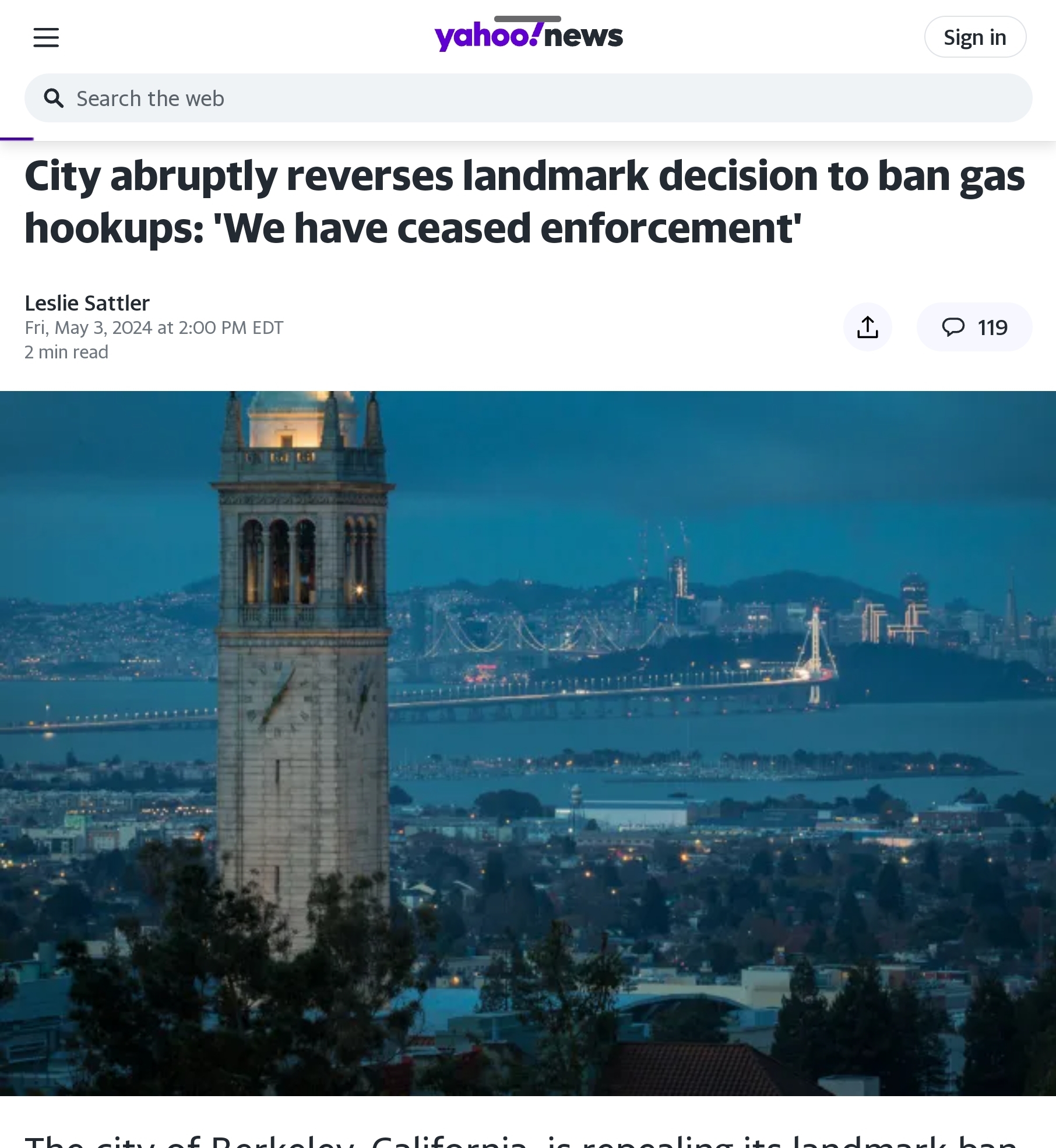How The Recent El Nino Saved Climate Models
http://www.thegwpf.com/how-the-recent-el-nino-saved-climate-models/
The message one is trying to get across when communicating science can depend much on what one doesn’t say. Leaving something vital out can make all the difference and when it’s done it can make scientists look like politicians, although not sophisticated ones. As an example of what I mean consider the El Nino phenomenon – a short-term oceanographic weather event. The El Nino can be used to make computer climate models look better than they are, for a short time at least. It is obvious that computer models are running hotter than the observations over the past 30 years, but add the recent 2015-6 El Nino and things look much better. Let me show you an example of this. Recently a group of academics kindly produced a graph intended to “help” journalists. They labeled it, “selflessly helping the Mail Online to improve their science coverage.” It shows how the HadCRUT4 global surface temperature data is “still rising” which is laid over climate models showing how accurately the models simulate the data. It is a classic example of misinformation by omission, or in other words how to enlist the short-term 2015-6 El Nino weather event to rescue long-term computer models. It is a prime example of bad science communication. Also shown is how this trick can be applied to satellite data. Let’s see what it looks like when the unmarked El Nino on the graph starts to come down, as it has done. Another variation of this technique can be seen in a recent TV interview of Lawrence Livermore National Laboratory scientist Ben Santer by Seth Myres. Guest and presenter took aim at Senator Ted Cruz’ comments that satellite data show no warming in 17 years. SANTER: Listen to what he said. Satellite data. So satellite measurements of atmospheric temperature show no significant warming over the last 17 years, and we tested it. We looked at all of the satellite data in the world, from all groups, and wanted to see, was he right or not? And he was wrong. Even if you focus on a small segment of the now 38-year satellite temperature record — the last 17 years — he was demonstrably wrong. More importantly, if you look at the entire record it shows strong evidence of a human effect on climate. Warming of the lower atmosphere. Cooling of the upper atmosphere. And that’s the fingerprint of human-caused changes in heat trapping greenhouse gases. So the bizarre thing is, Senator Cruz is a lawyer. He’s got to look at all of the evidence when he’s trying a case, when he’s involved in a case, not just one tiny segment of the evidence. SANTER: Well, it seems like a real teachable moment. Climate science has been elevated in public discourse. Look at that. Look at Senator Cruz appearing on your program making testable claims. The President of the United States saying nobody really knows the causes of climate change. And we do. So this is a moment when people — when people are willing to listen, when I can come on your show and say, “Nobody really knows” is wrong, it’s fake news. The problem with this is that satellite data for the past 17 years does show negligible warming within the statistical uncertainties, so Cruz is right. Santer is right in that not all satellite data (from all altitudes) show the “pause” though he did not put the satellite data into context with the land data or fairly represent the continuing debate about the pause or mention the 2015-16 El Nino. Considering the debate about its existence and the many, many explanations for the pause noted by Cruz it seems that concerning the pause “nobody really knows,” just about sums it up. The communication confusion about what Santer said is shown in this Washington Post article which basically says Cruz is wrong at the start and that he’s right at the end. Finally, we must correct a mistake. In February a scientist involved in the production of the HadCRUT4 global surface temperature data set told us what January’s figure was before its official publication. It turns out they were wrong, and we have corrected the graphs accordingly. Here is HadCRUT4, with its pause and recent El Nino peak. Feedback: [email protected]
— gReader Pro




